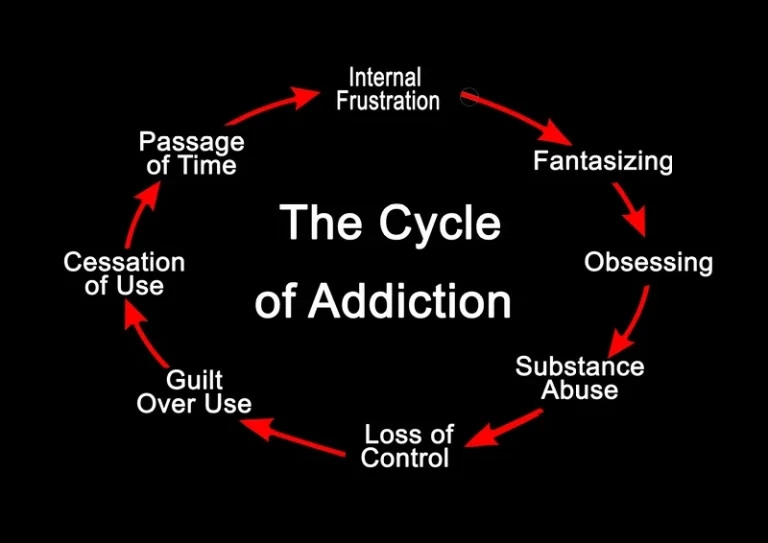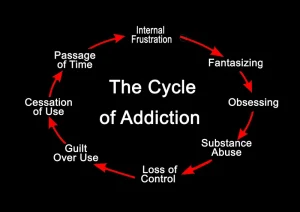
These may still be mild, or the existing symptoms might increase in severity. If you or someone you know shows signs of delirium tremens, go to the emergency room immediately. A counselor can help someone prepare for life after withdrawal and provide support as they navigate quitting drinking. Counseling is usually recommended for someone experiencing alcohol withdrawal. A counselor can advise on ways to is sneezing a sign of withdrawal cope with the mental and emotional aspects of withdrawal.
History and Physical
The majority of these people combine tramadol with another painkiller or sedative. If you have or think you may have opioid use disorder, your provider will ask if you want treatment like cognitive behavioral therapy. They’ll also talk to you about your opioid use and recommend ways you can stop using opioids and avoid withdrawal.
Drug and Alcohol Withdrawal Ausmed
- If any of your symptoms are bothersome or seem to be lingering, seek professional treatment.
- It is important to start the process in a safe and secure environment, such as at home, a detox facility or hospital.
The symptoms of alcohol withdrawal delirium include withdrawal seizures that can occur between 8 and 28 https://ecosoberhouse.com/ hours after your last drink. Signs of an impending seizure include tremors, increased blood pressure, overactive reflexes, and high temperature and pulse. Having a history of seizures increases your risk for withdrawal seizures. Your withdrawal experience will also depend on the factors that led you to become dependent on tramadol in the first place, such as your level of pain and history of substance abuse. An opioid use disorder (addiction) presents additional complications. Opioid withdrawal isn’t life-threatening, but it can make you feel very sick.

Common Psychological Symptoms of Drug Withdrawal

As with anxiety and depression, fatigue is common and normal for people withdrawing from drugs and alcohol. Your body must recover from the damage that drugs and alcohol do, as well as from sleep deprivation, sleep disturbance, overstimulation, and other effects of addiction. It's a good idea to see your doctor first if you want to quit or stop drinking alcohol.

Motor Neurone Disease Information & Support MND Australia MND Australia
- Opioid addiction is different from opioid dependence because it involves intense cravings and drug use that interferes with daily life.
- You may be asked questions about past drug use and your medical history.
- It’s also important to drink plenty of water during withdrawal to stay hydrated.
- There is, however, another condition known as protracted (long-term) opioid withdrawal, which can last up to six months.
- Additionally, vomiting often occurs during withdrawal, and the potential of vomiting under anesthesia greatly increases the risk of death.
However, try not to have too many firm expectations, as symptoms can continue for multiple weeks in some people. Alcohol withdrawal symptoms range from mild but annoying to severe and life-threatening. For example, withdrawal symptoms for fast-acting opioids like heroin or oxycodone may last four to five days. But withdrawal symptoms for a slow-acting opioid like methadone can last for a week or longer. Find out the facts, including short and long term side effects, common withdrawal symptoms and more. Withdrawal is the process of cutting out, or cutting back on addictive substances.
- In addition to experiencing Stage 2 symptoms, those with severe alcohol withdrawal experience severe anxiety and moderate to severe tremors.
- Also known as DTs, an estimated 2% of people with alcohol use disorder and less than 1% of the general population experience them.
- Gamma hydroxybutyrate is a GABAB receptor agonist now commonly abused at nightclubs and all-night parties.
- Opioid withdrawal symptoms can be very uncomfortable but are not typically considered life-threatening.

If you took a drug or drank alcohol to relax, you're likely to feel tenser. Likewise, if you were essentially self-medicating, you might fear what is going to happen without your usual way of coping. In most cases, these symptoms begin to abate after 3-7 days, and where you might fall in this range depends upon many factors, especially how long you’ve been taking opioids. Caffeine and energy drinks, when consumed in large quantities, can cause unwanted side effects. Information on how to stop using benzodiazepine medication and managing withdrawal symptoms. It may also be a good idea to talk to your healthcare provider or pharmacist about having a take-home naloxone kit on hand.
